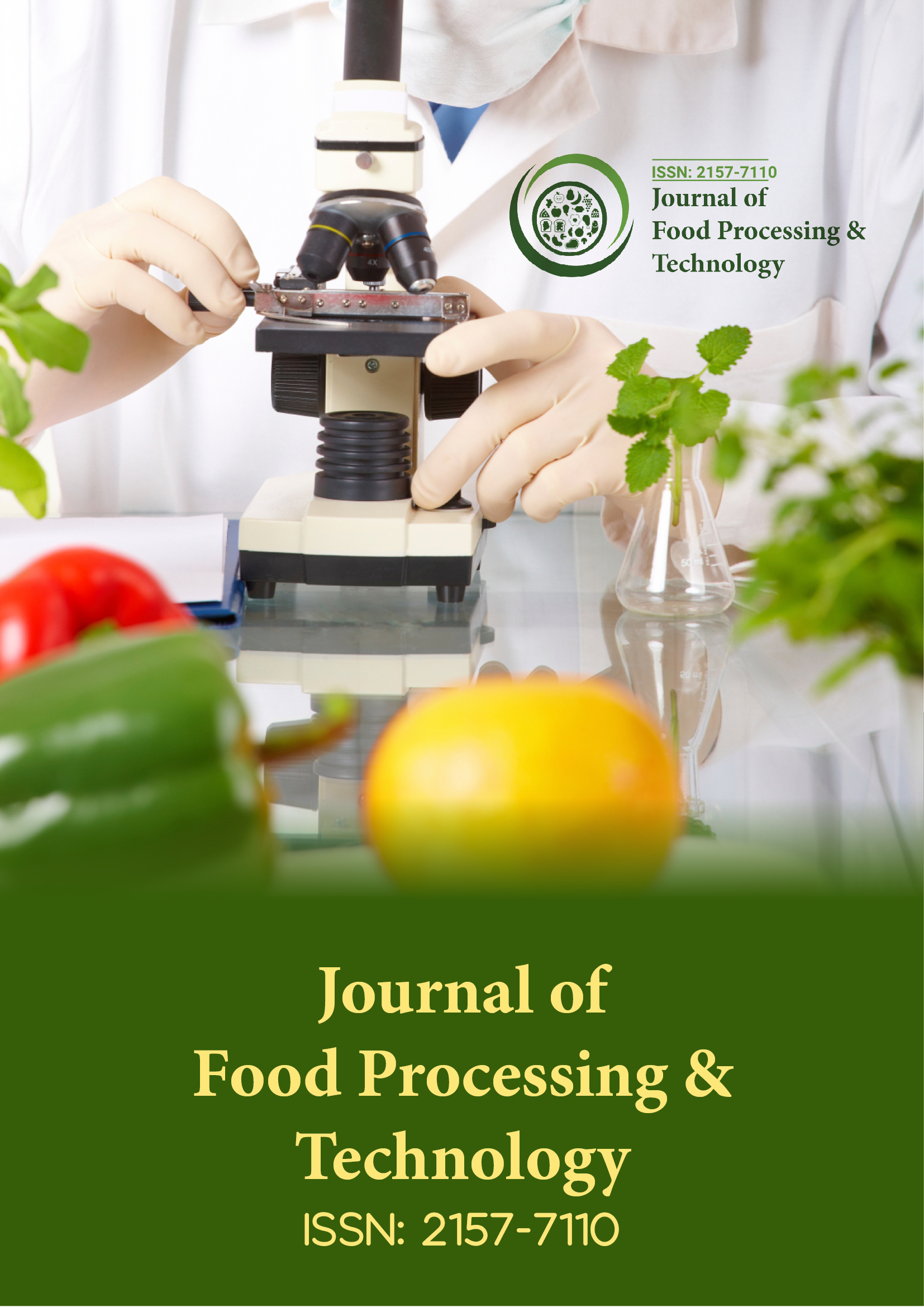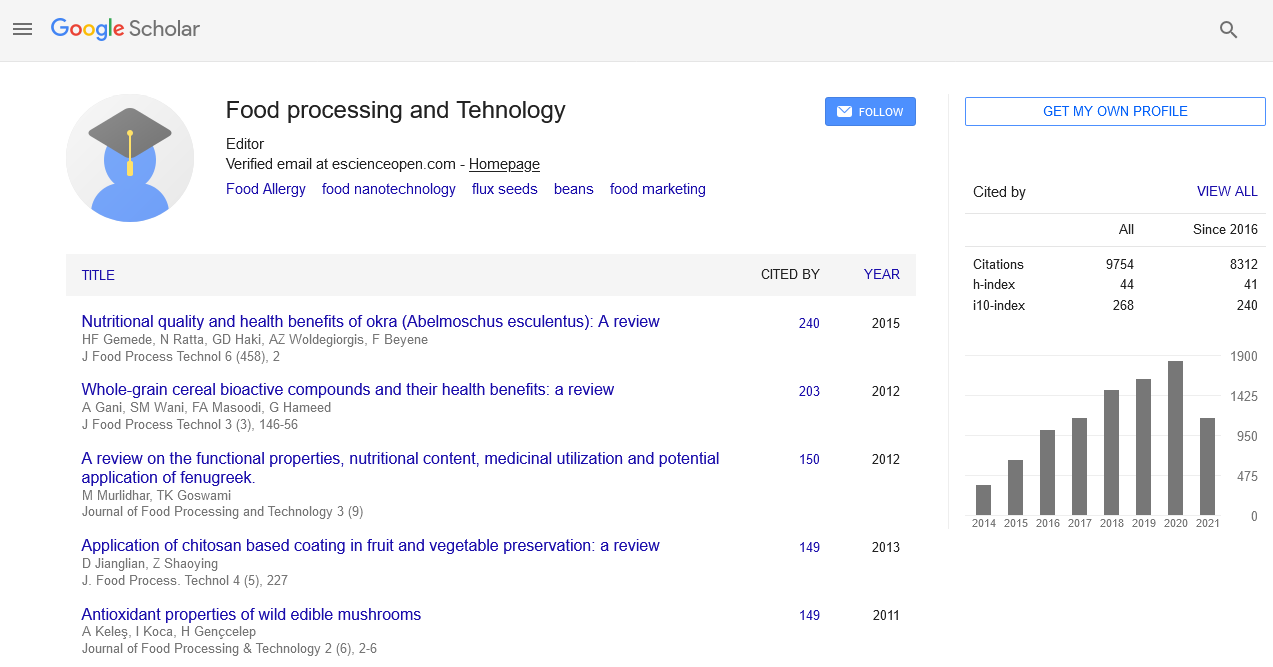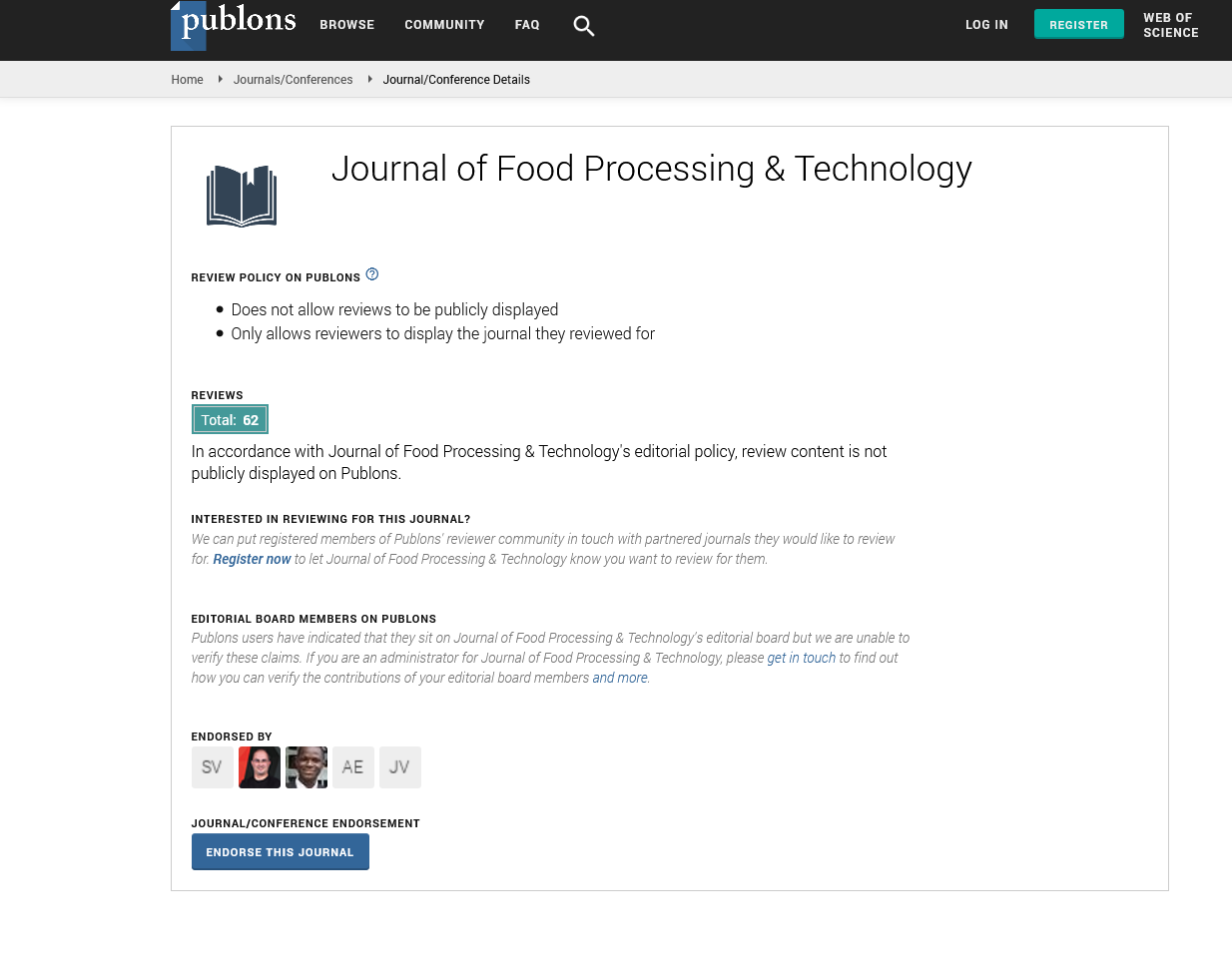Indexed In
- Genamics JournalSeek
- Academic Keys
- JournalTOCs
- China National Knowledge Infrastructure (CNKI)
- Access to Global Online Research in Agriculture (AGORA)
- Centre for Agriculture and Biosciences International (CABI)
- RefSeek
- Directory of Research Journal Indexing (DRJI)
- Hamdard University
- EBSCO A-Z
- OCLC- WorldCat
- Scholarsteer
- SWB online catalog
- Publons
- Euro Pub
- Google Scholar
Useful Links
Share This Page
Journal Flyer

Open Access Journals
- Agri and Aquaculture
- Biochemistry
- Bioinformatics & Systems Biology
- Business & Management
- Chemistry
- Clinical Sciences
- Engineering
- Food & Nutrition
- General Science
- Genetics & Molecular Biology
- Immunology & Microbiology
- Medical Sciences
- Neuroscience & Psychology
- Nursing & Health Care
- Pharmaceutical Sciences
Abstract
The Influence of Heat Treatment in Liquid Whey at Various pH on Immunoglobulin G and Lactoferrin from Yak and Cows Colostrum/Milk
Shimo Peter Shimo, Wu Xiaoyun, Ding xuezhi, Xiong Lin and Yan Ping
Yak milk is gaining popularity yearly, as a source of nutritious, immune, less likely to cause allergies than cows’ milk and a means of generating income, though ranked behind bovine milk in China. The main objective of the research was to compare the Immunoglobulin G (IgG) and Lactoferrin (LF) concentrations of liquid whey from Yak and dairy Cows’ colostrum or milk. Thereafter, the thermal stability of liquid whey was evaluated by measuring the concentration change in IgG and LF using an ELISA technique, as influenced by temperature and pH after centrifugation.
IgG and LF concentrations in liquid whey from colostrums both in yak and cow were significantly higher (p<0.05) compared to milk. IgG did not differ significantly (p>0.05) between yak and cow’s milk, as well as between yak and cow’s colostrum. Also, LF content was not significant different between yak and cow milk. However, LF concentration was significantly higher in cows’ colostrum than in yak. With reference to IgG content, yak breed observed to produce high quality colostrum for all samples tested compared to cows.
The extent of IgG and LF denaturation confirmed to increase with increased protein concentration, temperature and pH change near to pI. Colostral IgG and LF were more denatured compared to milk in both yak and dairy cows. There was significant (p<0.05) influence of pH changes resulted in either partial or complete denaturation or increased tendency to aggregate, which was removed during centrifugation. Liquid whey less affected at lower pH and at mild heat temperatures.


